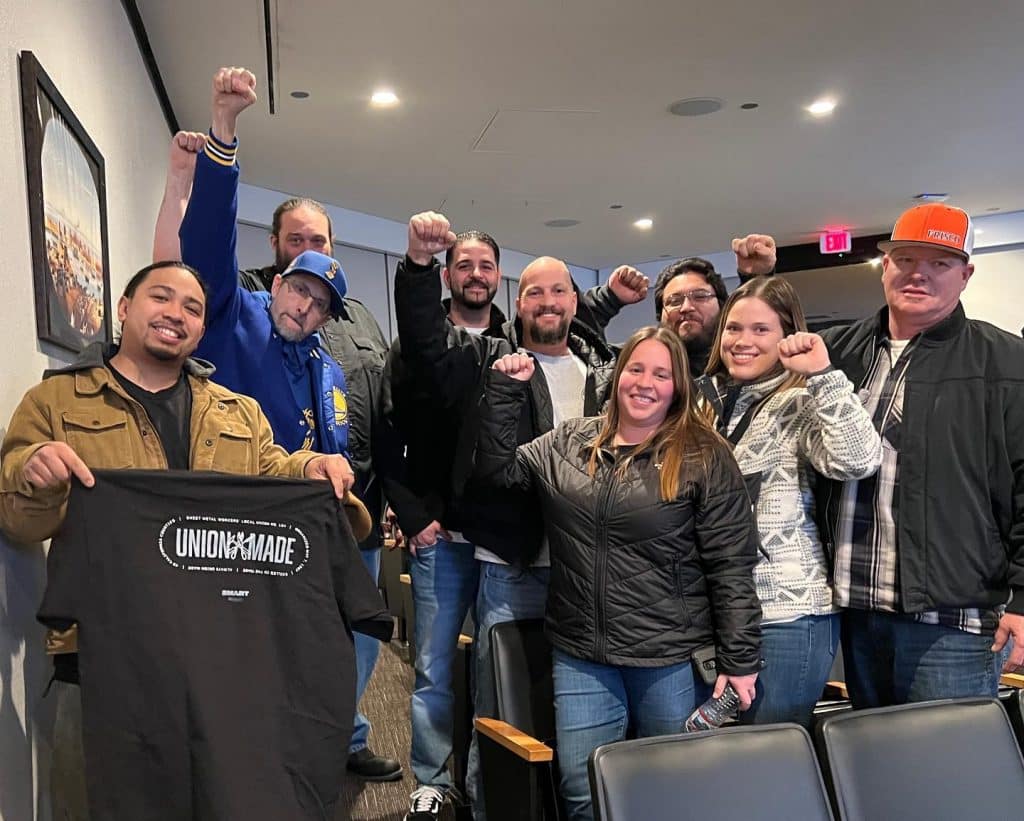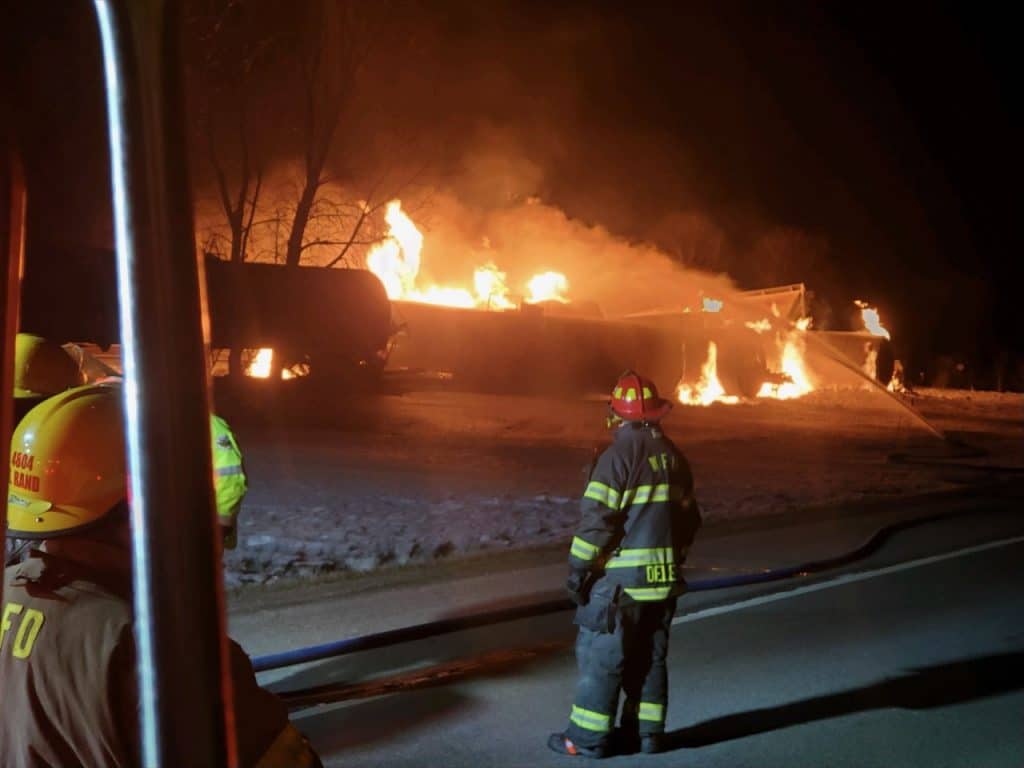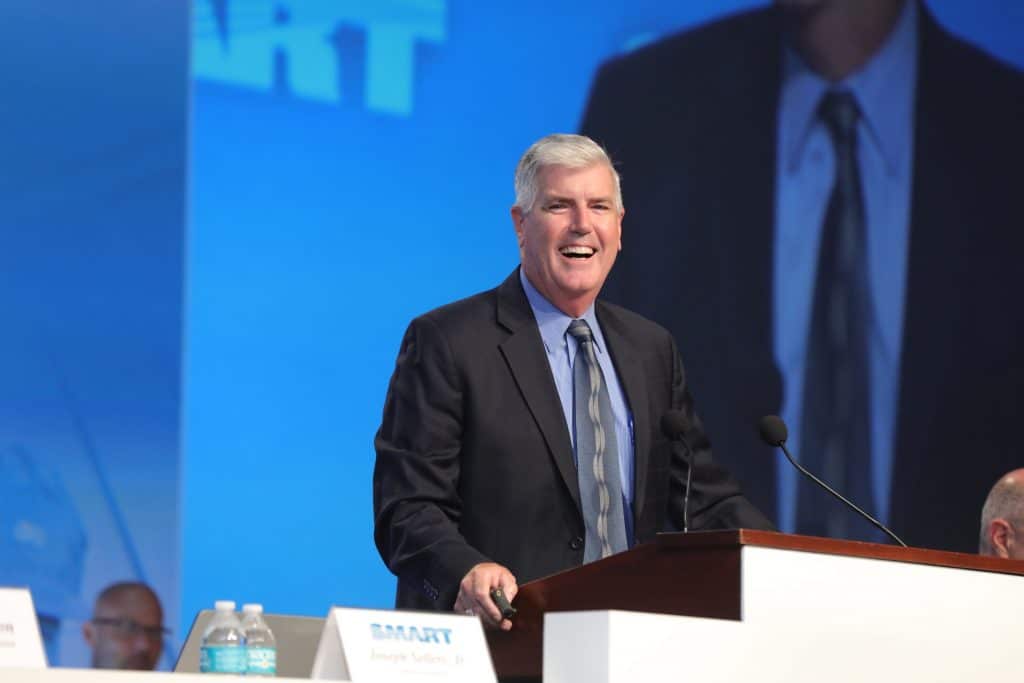Thanks to the efforts of SMART Local 104 and other union members across Northern California, workers in cities like Vallejo stand to benefit from the better wages, local hire provisions and strong apprenticeship standards guaranteed by a project labor agreement. These victories, part of Local 104’s ongoing Campaign for Jobs, demonstrate the power unions have to effect real change for working families when rank-and-file members stand together.
A citywide project labor agreement (PLA) is a pre-hire collective bargaining agreement between a city and a local building and construction trades council that governs the terms and conditions of public works projects, protecting taxpayer money by providing projects that are built on-budget and on-time with the use of local and skilled workers. In other words, PLAs help put union members to work, provide greater apprenticeship opportunities for the union members of the future, and keep local jobs in local communities.
“We often refer to PLAs as “Prevailing wages, Local hire and Apprenticeship,” Local 104 wrote in its recent members’ journal. “They promote apprentice opportunities and ensure that workers’ wages and benefits are protected.”

On January 17th, 2023, the city of Vallejo, Calif. brought forward a workshop for residents and city officials to discuss PLAs and the possibility of a future citywide project labor agreement. Local 104 Vallejo residents showed up in force with their fellow workers, where they spoke to the benefits of PLAs on local communities, workers, families and economies. The end result: The Vallejo City Council voted to begin PLA negotiations with the Napa/Solano Counties Building Trades Council.
“PLAs will create more local apprenticeship opportunities in the city of Vallejo, and Vallejo is well-deserving of a PLA because we have a lot of union members who live here and raise their families here,” said Local 104 Business Representative Alicia Mijares. “Because of members turning out, we were able to sway the council and deliver this to a formal negotiation. Thank you to the members of Local 104 who came out and made a difference!”
The Vallejo victory is only the latest in an ongoing string of labor agreements for Local 104 members. In October 2022, more than 30 Local 104 members joined the Sacramento Building Trades to support a citywide Community Workforce and Training Agreement (CWTA) for the city of Elk Grove. The Sacramento Building Trades had previously tried to secure an agreement with the city without success – but when a CWTA on the Sky River Casino project in Elk Grove delivered a finished project earlier than projected and under budget, the city realized the effectiveness and efficiency of trained, skilled, union labor. As SMART members and union workers looked on, the Elk Grove City Council voted 4-1 in favor of a citywide CWTA.
One month earlier, Local 104 members gathered with San Joaquin Building Trades workers to pack the Lathrop City Council meeting and call for a CWTA on an upcoming city of Lathrop corporation yard. And once again, the solidarity of organized labor proved decisive: The Lathrop City Council voted unanimously to approve the CWTA, which will cover new construction of a maintenance facility, evidence storage facility and a new office building for the city, creating more union jobs in northern California.
“While Local 104 continues to fight for labor agreements across the map, we’d like to thank every member and ally that showed up in support of the efforts mentioned, as well as any and all Campaign for Jobs actions to secure hours of work for our members,” the local concluded.


